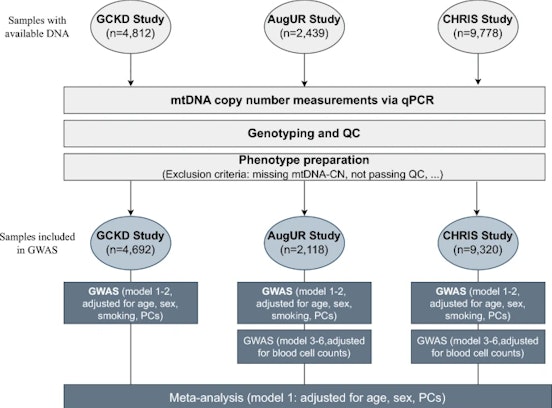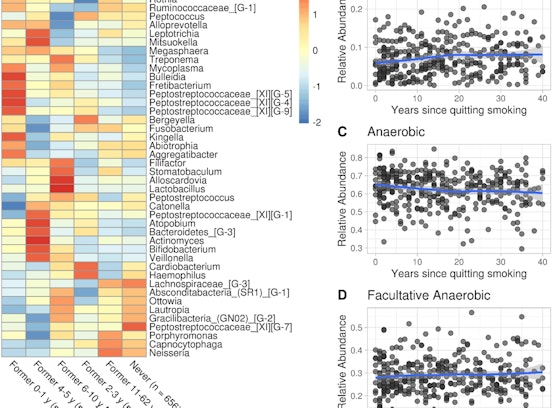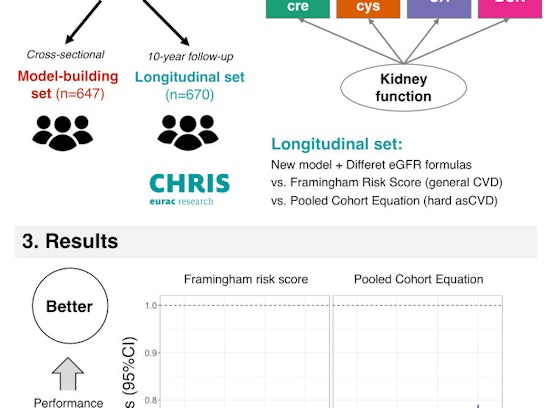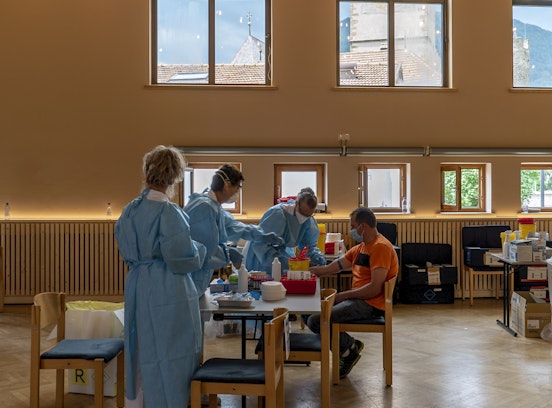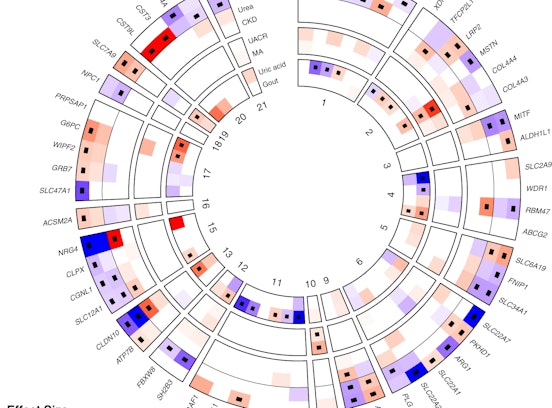Institute for Biomedicine - News & Events - CHRIS COVID-19
CHRIS COVID-19
Trends and symptoms of SARS-CoV-2 infection
- English
The continuous monitoring of SARS-CoV-2 infection waves and the emergence of novel pathogens pose a challenge for effective public health surveillance strategies based on diagnostics. Longitudinal population representative studies on incident events and symptoms of SARS-CoV-2 infection are scarce. We aimed at describing the evolution of the COVID-19 pandemic during 2020 and 2021 through regular monitoring of self-reported symptoms in an Alpine community sample.
To this purpose, we designed a longitudinal population representative study, the Cooperative Health Research in South Tyrol COVID-19 study (CHRIS COVID-19).
A sample of 845 participants was retrospectively investigated for active and past infections with swab and blood tests, by August 2020, allowing adjusted cumulative incidence estimation. Of them, 700 participants without previous infection or vaccination were followed up monthly until July 2021 for first-time infection and symptom self-reporting: COVID-19 anamnesis, social contacts, lifestyle and sociodemographic data were assessed remotely through digital questionnaires. Temporal symptom trajectories and infection rates were modelled through longitudinal clustering and dynamic correlation analysis. Negative binomial regression and random forest analysis assessed the relative importance of symptoms.
Results:
At baseline, the cumulative incidence of SARS-CoV-2 infection was 1.10% (95% CI 0.51%, 2.10%). Symptom trajectories mimicked both self-reported and confirmed cases of incident infections. Cluster analysis identified two groups of high-frequency and low-frequency symptoms. Symptoms like fever and loss of smell fell in the low-frequency cluster. Symptoms most discriminative of test positivity (loss of smell, fatigue and joint-muscle aches) confirmed prior evidence.
Regular symptom tracking from population representative samples is an effective screening tool auxiliary to laboratory diagnostics for novel pathogens at critical times, as manifested in this study of COVID-19 patterns. Integrated surveillance systems might benefit from more direct involvement of citizens’ active symptom tracking.
Read the full article here: https://bmjopen.bmj.com/content/13/6/e072650
Acknowledgement
The work had major contribution by D. Giardiello and contribution by D. Bottigliengo, former EURAC Research collaborator
Funding
The CHRIS COVID-19 study was supported by Eurac Research, the South Tyrolean Health Authority, and the Department of Innovation, Research and University of the Autonomous Province of Bolzano. The present research was conducted within the project ‘PACE: Partnership to Accelerate COVID-19 rEsearch in South Tyrol’, funded by the Department of Innovation, Research and University of the Autonomous Province of Bolzano within the 2019–2021 Research Program (unique project code: D52F20000770003). This work was supported by a grant from Fondazione VRT/CARITRO to MP.
